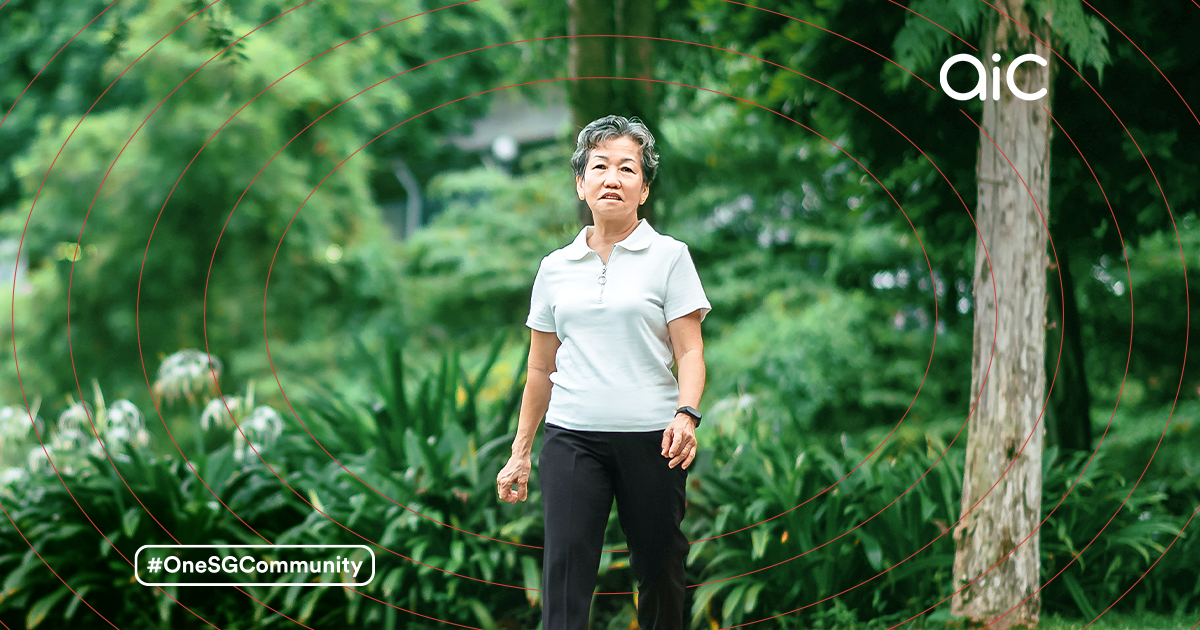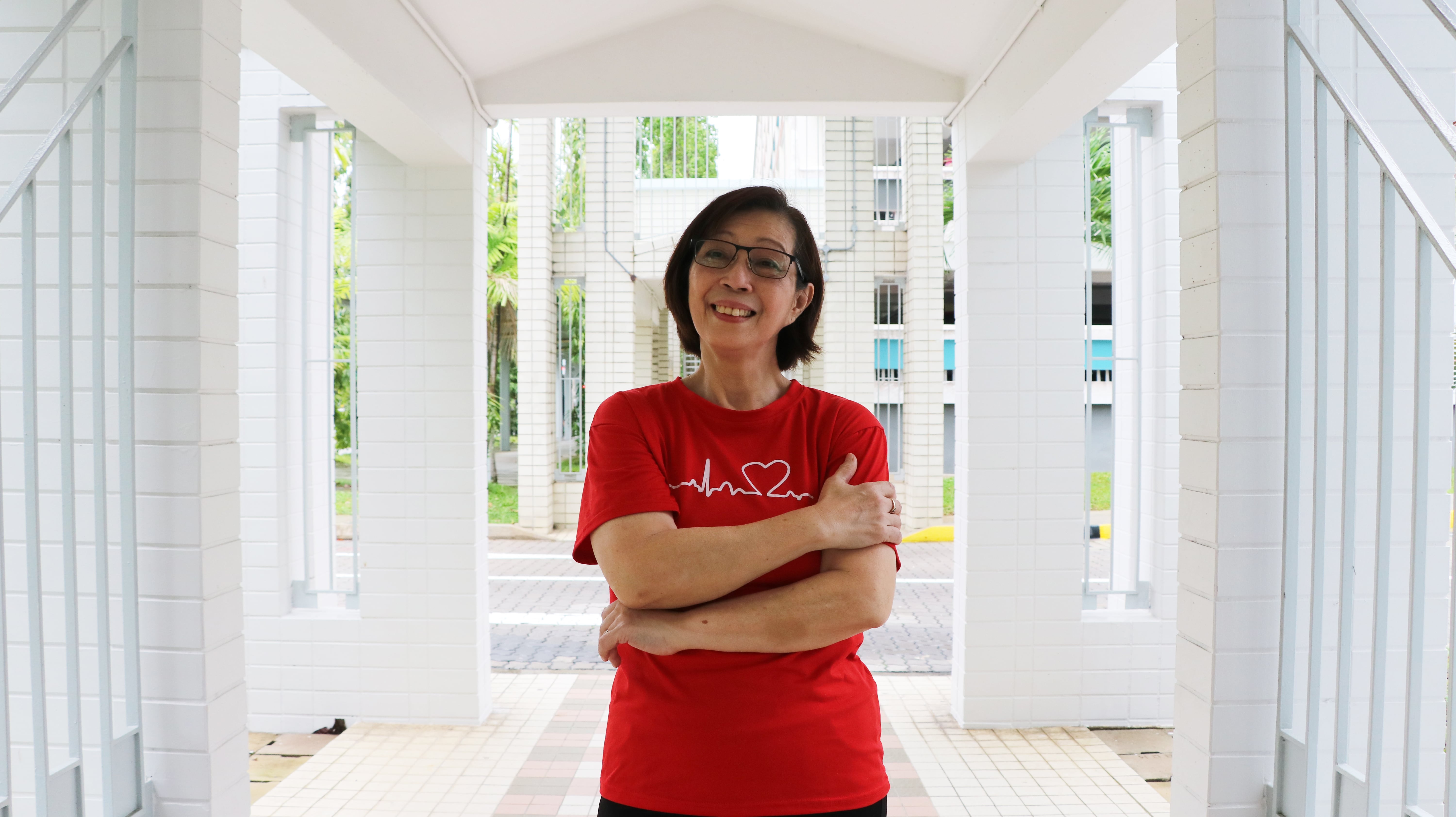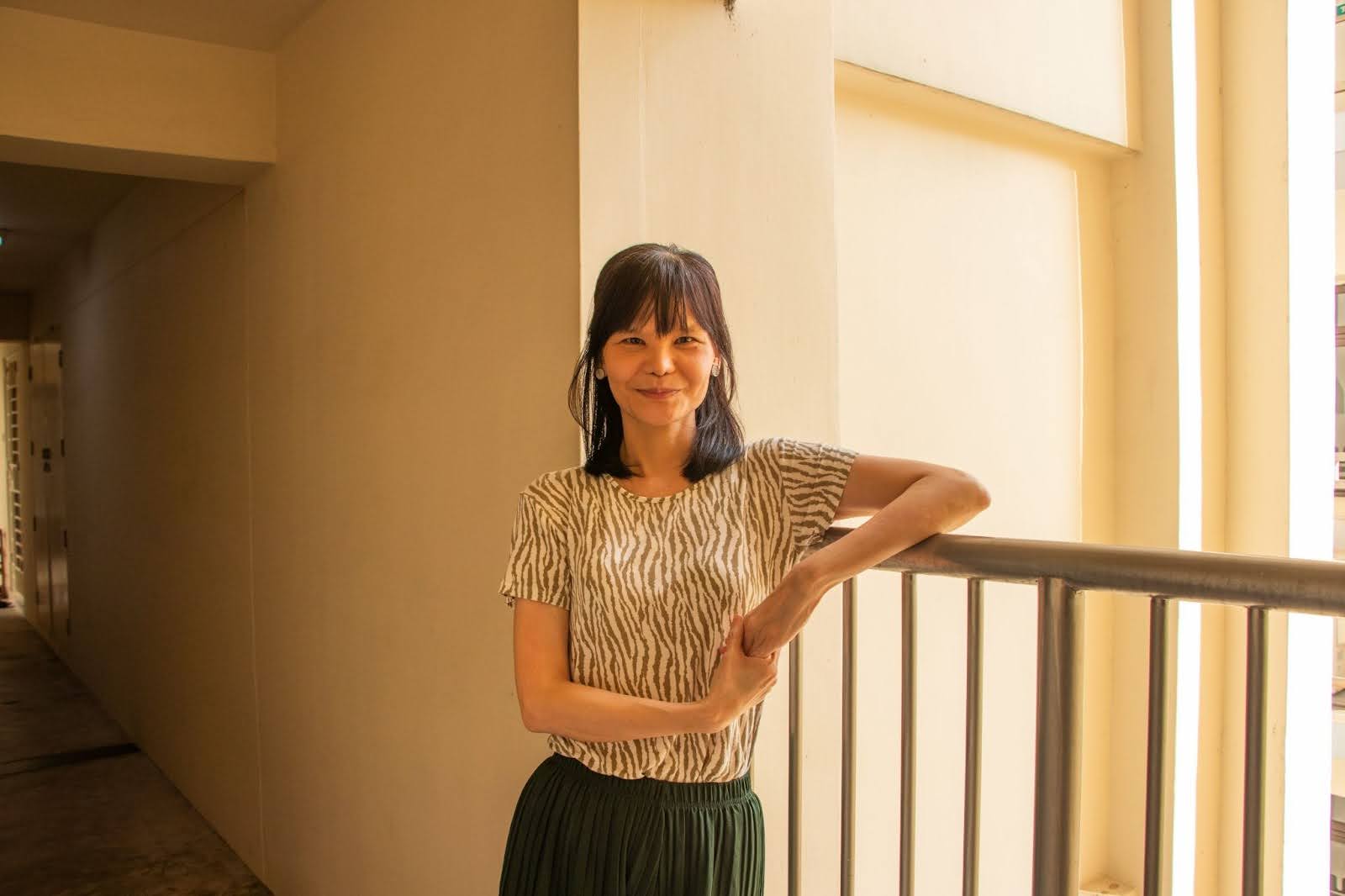When Katherine Ong’s left big toe started hurting two years ago, the then-administrative worker didn’t know much about gout nor was she expecting to be diagnosed with it.
“One day, my left big toe suddenly became red and sensitive. I didn’t know what it was, so I went to see the doctor who said it was gout and gave me medication for it,” the 58-year-old says. “After the diagnosis, I did my research to know more about the condition.”
Gout is a chronic condition with intermittent painful arthritis. It commonly affects the big toes, feet, ankles or knees. The extreme pain in the joint can lead to difficulties in coping with everyday tasks, or even standing or walking.
Navigating Daily Routines
Being diagnosed with the condition meant Ms Ong had to make changes to her lifestyle. “Your daily routine will be very much affected,” she says. Simple tasks like standing up or doing daily chores become harder for her to do when she has a gout flare. Hence, she has learned to anticipate attacks and take steps so the flares don't become too severe.
“If I feel a flare coming, I take my medication to prevent it from getting too serious,” she says, adding that she would not be able to walk otherwise.
“On days when the attack is severe, I wear soft shoes and try not to put pressure on my foot.” For her, an attack is characterised by redness, pain and sensitivity to her big toe. Also, because of the pain, her mood gets affected.
“Well, the good thing is I live alone, so it's like not much of inconvenience to others when I start groaning,” she laughs.
Going to work also became a challenge during a flare. “I did a lot of walking for my administrative job. The pressure put on my toe when I stood up caused lot of pain, especially when I put on my covered shoes,” she says. She even had to take medical leave on days when the pain became too intense.
Luckily for Ms Ong, she has a good support system in her family. Her sisters, both housewives with their own families, live nearby and help run errands or bring her food when she has a gout flare.
Making Lifestyle Changes
But what really helped her was learning all about her condition and how to cope with it. “It doesn’t affect my life very much at the moment,” says Ms Ong, whose last gout flare was in February 2022. “Knowing what causes it and avoiding those that will trigger an attack helps a lot.”
One of the first changes she made was to her diet. “If I take more than a glass or a can of beer, I know I’ll get an attack the next day,” she says. Her solution? Drink less beer or try other types of alcohol during social occasions. She also finds drinking more water daily helps.
She also avoids certain foods such as mushrooms, tofu, bean sprouts, and red meat. “Now I seldom eat red meat. I only eat it on special occasions. I know that when I eat a lot of ‘good food’, an attack will come soon.” She is quick to add that her triggers may be different from others who have gout, as the condition affects people differently.
Apart from managing her diet, she now exercises regularly. “I do slow walks in the park and climb the stairs. I think this helps prevent the flares,” she says.
Ms Ong adds that she is comforted to know that should she need to visit a doctor for her condition, her doctor of 20 years is only a short walk away. “This last attack was quite bad, so I went to my doctor for my medication. My leg was in pain when I walked, so I’m glad he’s only two blocks away, about 500 metres.”
Now, she’s relishing her early retirement and does all the things she loves — knitting and crocheting for her grandnieces and grandnephews, watching her favourite K-dramas and being with family during their regular get-togethers. She’s testament that one can still lead a fulfilling life despite having a chronic condition — if one manages it well.
| CHAS Subsidies For Gout And Other Ailments CHAS now covers 23 chronic conditions, including gout. Patients who have gout can seek treatment at CHAS GP clinics. For more information on the conditions covered by CHAS, click here. |








